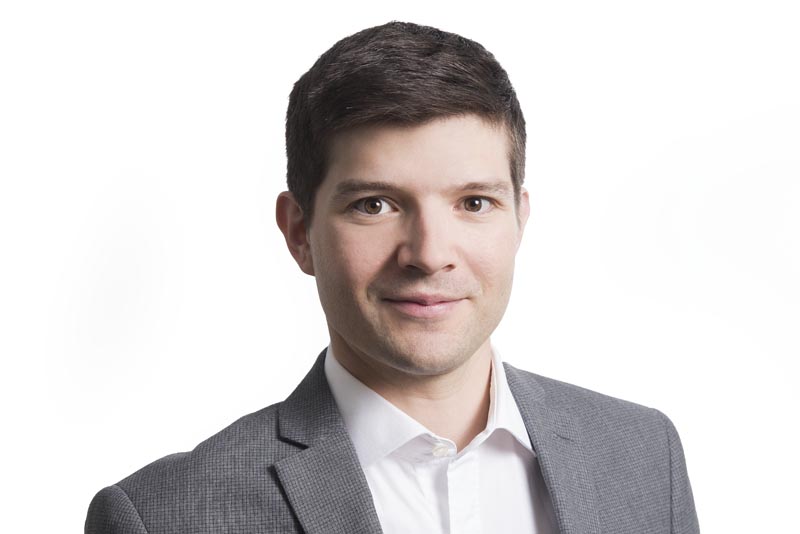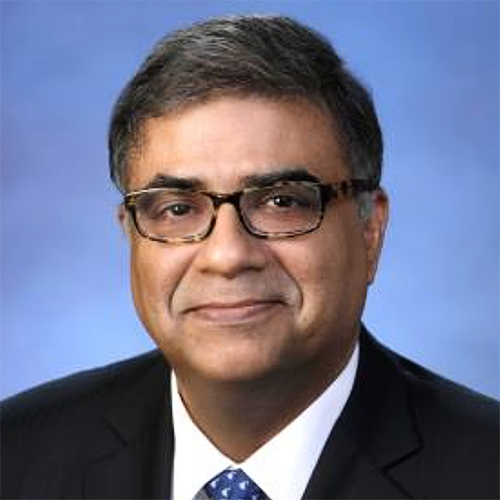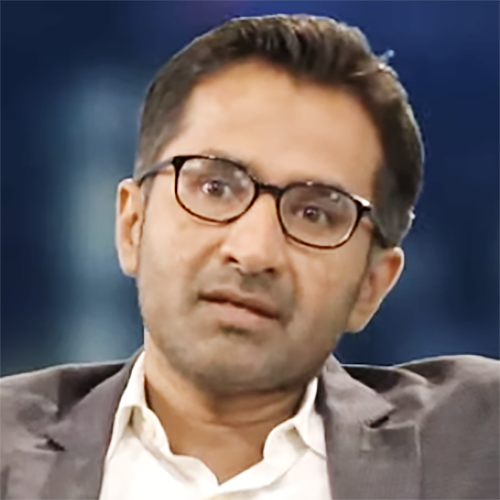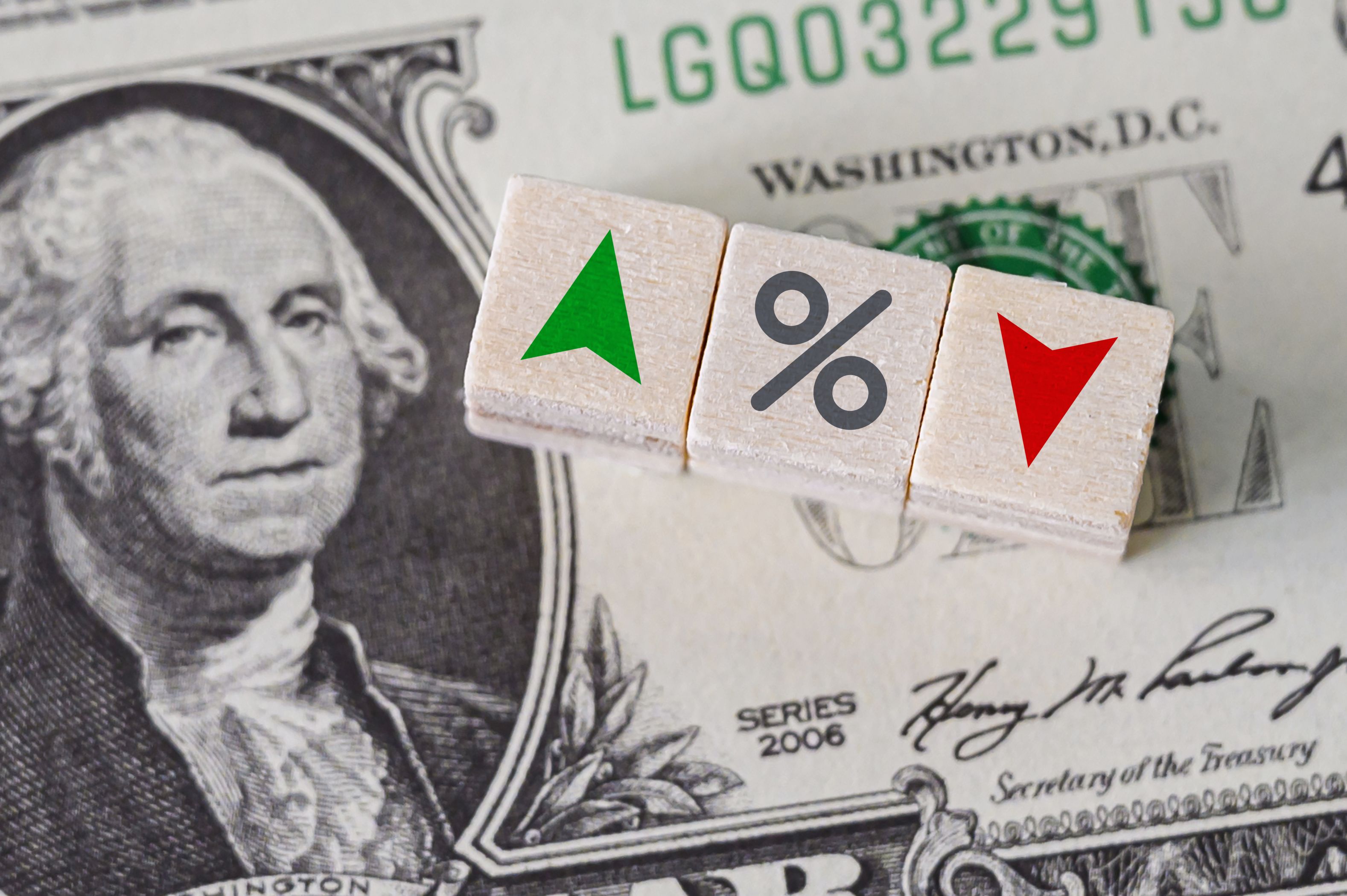
Global asset management firm Schroders has recently acquired a majority stake in Zurich-based impact investor BlueOrchard.
Established in 2001, BlueOrchard is a major impact investment manager that focuses on inclusive and climate-smart growth, while providing attractive returns for investors.
To date, the firm has deployed in excess of US$6 billion across 80 emerging and frontier markets, facilitating social and environmental impact. Its funds address 13 of the 17 UN Sustainable Development Goals.
BlueOrchard has had a presence in Asia for almost two decades and manages amongst others, two funds, the Microfinance Initiative for Asia (MIFA) and the Japan ASEAN Women Empowerment Fund (JAWEF), which address exclusively sustainable growth in the Asia-Pacific.
The Asset recently spoke with Pierrick Balmain, head of Asia-Pacific business development at the investment firm, to understand what the deal will mean for the firm’s Asian operations.
According to Balmain, Asia accounts for about one-third of the firm’s global microfinance market business. Latin America and Africa are the other key regions and there is business on a smaller scale in Central Asia and Eastern Europe.
Following the Schroders investment, will Asia now see a ramping up of investment and additional personnel to augment the existing hubs in Singapore and Cambodia?
Balmain doesn’t expect any sudden change in strategy as he believes the company will continue to grow in Asia gradually, but not impulsively.
Before the two companies agreed on the deal, market intelligence suggested there was a keen interest in the Swiss impact investment manager from other suitors.
“We have been approached regularly by potential acquirers so the Schroders transaction somehow did not come as a total surprise,” Balmain says.
“The deal was a matter of alignment. There's a good fit between Schroders’ values and the values of BlueOrchard, and that’s why it has gone through,” he adds.
Asian investors, particularly those classed as next generation, are increasingly seeking out investment opportunities that match their own ideals on the environment and social causes.
In addition, institutional asset managers and sovereign wealth funds in Asia are also expanding their efforts to invest in environmental, social and governance issues, in response to demand from investors. As the saying goes, trying to do good and doing well at the same time.
Looking at the current investment environment, does Balmain think the US-China trade uncertainty could harm his firm’s business prospects?
Operating exclusively in the niche area of impact investment, Balmain says this is a lot less affected by traditional market volatilities.
“Our market is rather decorrelated from the classic global capital market issues.”
“For example, with our different strategies the global financial crisis did not affect us as severely as others, that was also the case in the volatile last quarter of 2018,” says Balmain.
“Moreover, we frequently gain business when the volatility picks up because of the conservative and stable nature of our funds, investors can use this asset class as a strong diversifier,” he adds.









